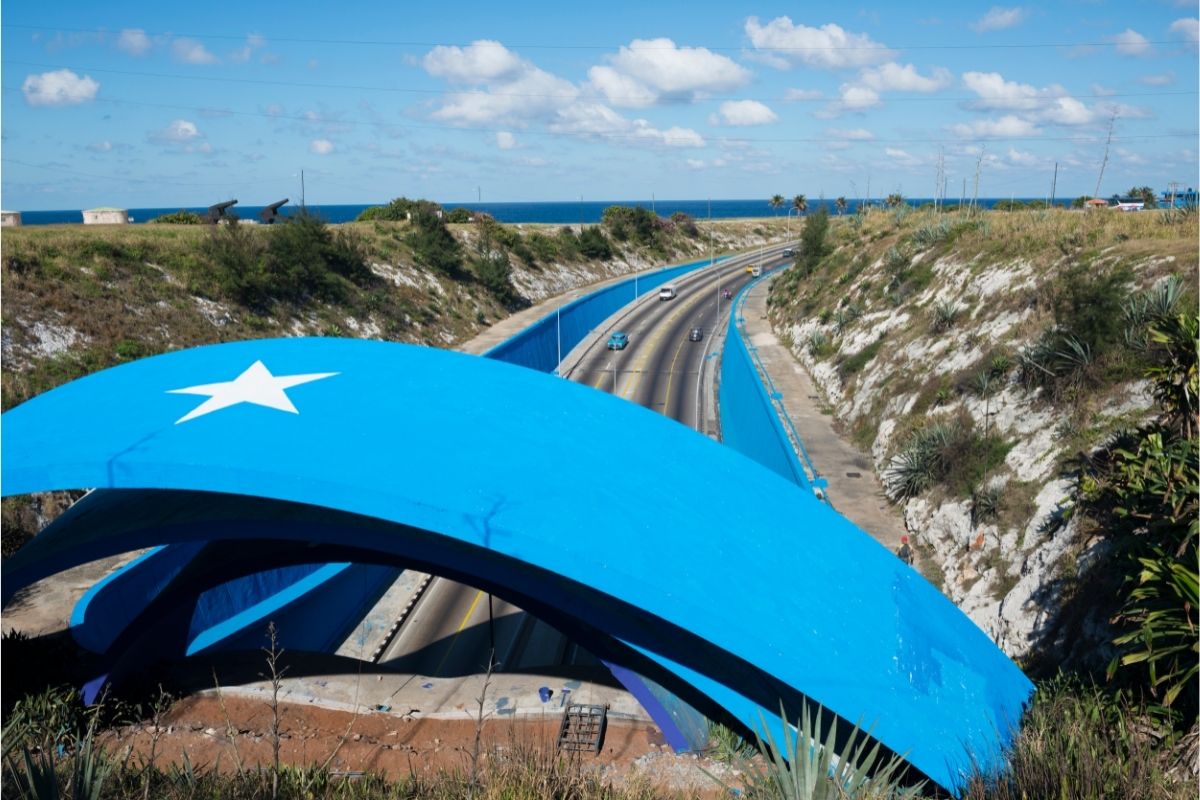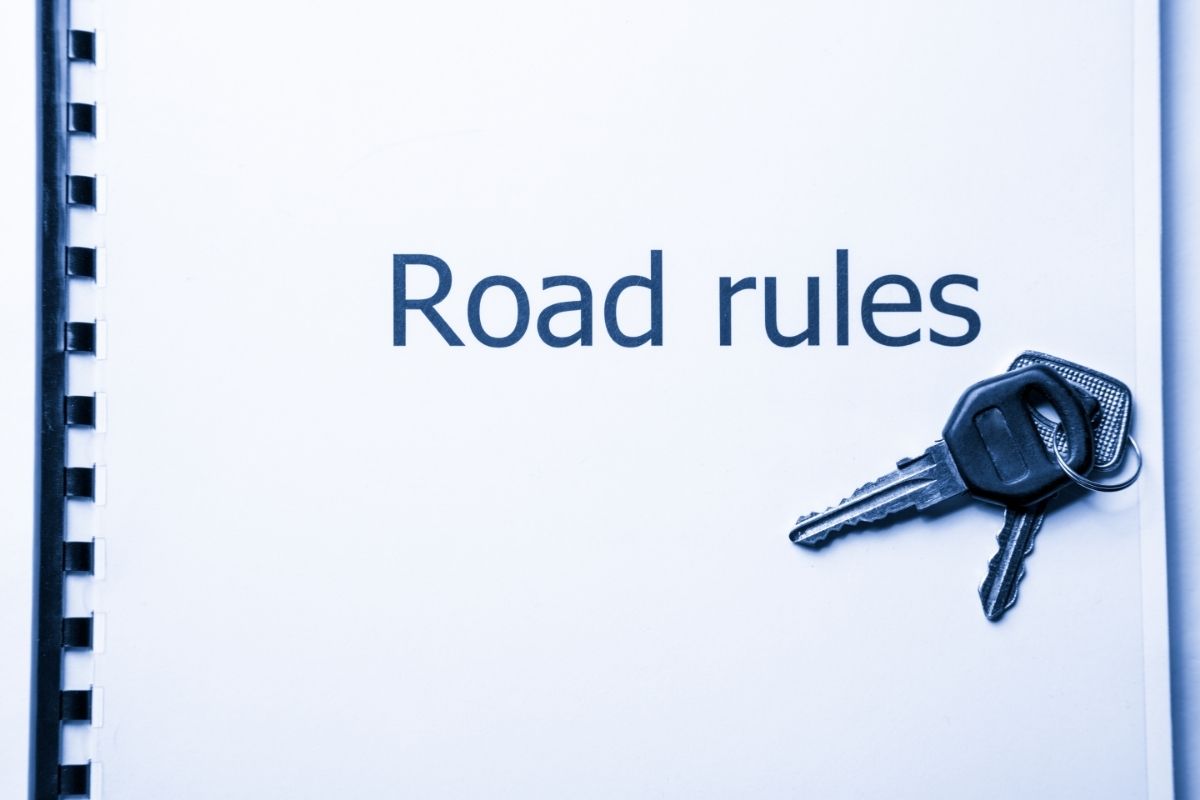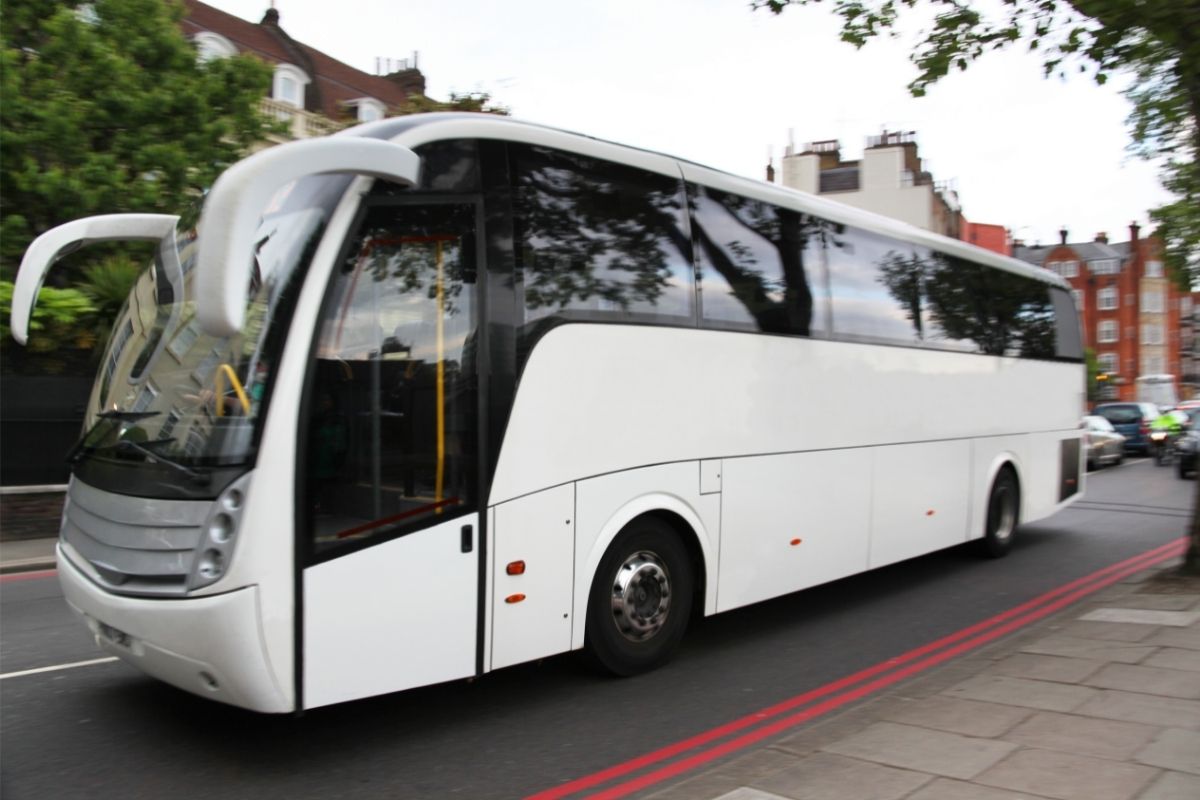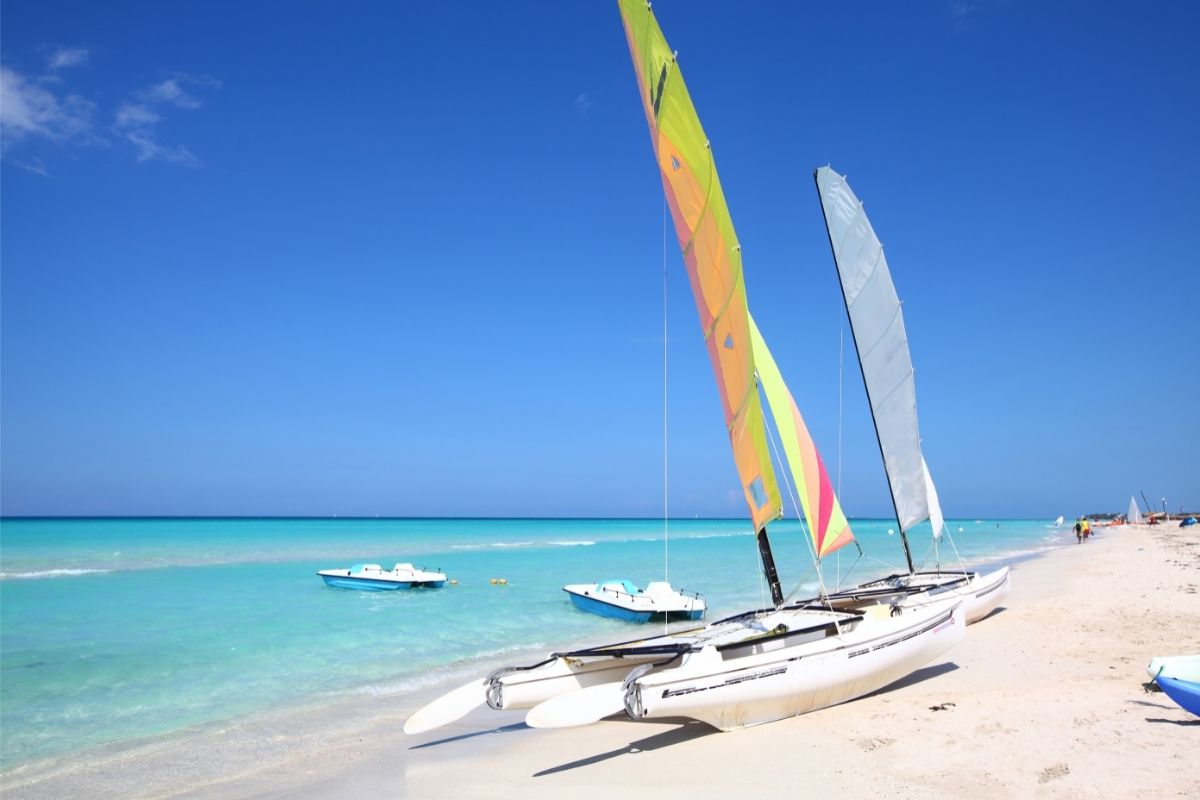Havana, Cuba, is one of the most beautiful places you will ever visit, with various attractions ensuring that you will never be bored during your visit.
So during your visit, it is likely you will want to try and see all of the marvels that Cuba has to offer, and one of the more popular landmarks to visit is the Havana Tunnel.

We’ll explain how you can drive through this famous landmark and some of the history behind the tunnel itself!
What Is The Havana Tunnel?
The Havana Tunnel is a route under Havana Bay, built in between 1957-58, as a connection between the Havana Vieja and the east side of the Havana Bay, the tunnel’s construction was required alongside the expansion of the city, with the building of a new suburb with large avenues and luxury buildings.
Extending from the Paseo de Prado, the tunnel is 733m long and is 12m below ground level, and is considered one of the seven wonders of Cuba.
As well as being a much desired sight to see for anyone interested in civil engineering, it also means that commuters in Havana city save a lot of time traversing the lengths of the city, as the previous route would mean a long driver around the harbour, whereas it only takes around 45 seconds for a car to pass through the tunnel.
The tunnel has provided over six decades of reliable and efficient service to the road users of Havana, and if you’re planning on driving through Cuba, it is likely you’ll end up using the tunnel yourself, but if you want to make a point of utilising the tunnel’s quick route, here’s how you can drive through the Havana Tunnel.
History
The history of the tunnel itself is fascinating, it was constructed by French Societé des Grands Travaux de Marseille enterprise whilst under the command of Cuban engineer José Menéndez Menéndez.
Construction
The tunnel, including the ventilation towers, are over 100m long and were built on site, with five prestressed concrete tubes, each measuring at 107.5m long, 22m wide and 7.10m high.
The tunnel allows the circulation of 4 lanes of vehicles, two in each direction, and 3ft wide sidewalks were also added to allow for police surveillance, located either side of the central wall that separates the two roads.
How To Access The Havana Tunnel
The Havana Tunnel is accessible from both the Old City and the Eastern side of Havana, if you’re located in the Old City, you can access the tunnel simply by following the road along the P.º de Martí La Habana, Cuba alongside the promenade, whereas if you find yourself on the eastern side across the bay, then you need to follow the Via Monumental road towards the Old City.
There is no entry fee required to access the tunnel, so you do not need to worry about paying before utilizing the tunnel.
It is worth noting however that motorbikes are not allowed in the tunnel, and are instead to be taxi’d across the length of the tunnel via specialised buses designed for this purpose.
Road Rules Guide

Before you set out on your journey to visit the famous Havana Tunnel, it is important to know a few of the road rules and driving etiquette when driving around Cuba.
Will My Local Driver’s License Be Valid?
If you want to drive around Cuba hassle free, it is vital that you apply for an International’s Drivers License before you visit, and that you carry both licsenses with you when driving otherwise they will be rendered invalid.
Breakdowns
Rental cars should be maintained well but in the case of a breakdown it is always best to seek professional help from a trained mechanic, despite the potential offer of help from locals.
Police Stops
It is not uncommon for police to stop you in order to check your documents, rental cars in Cuba use a different colored number plate in order to remain distinguishable, so Police are aware of what to look for.
Simply remain polite and calm and you should be fine.
Checkpoints are also common in Cuba, with police required to check you license, documents, and the inside of your car, the same applies that as long as you are both polite and courteous towards the officers then you will encounter no trouble!
Directions
Few cars in Cuba have GPS due to their age, so the likelihood is you will either be using GPS via your phone, or a traditional paper map.
If you are to ask for directions, it is important to have a few Spanish phrases saved, as some of the locals are unable to speak English. But they will be likely be more than happy to help you if you do lose your way!
- What Is The Largest Island In Cuba? - September 19, 2022
- Havana – Why Is It Cuba’s Most Exciting City? - September 19, 2022
- Cheapest Time To Visit Cuba (Ultimate Guide) - September 19, 2022







![10 Best Guided Tours In Cuba [See Cuba's Hidden Gems] 10 Best Guided Tours In Cuba [See Cuba's Hidden Gems]](https://havana-guide.com/wp-content/uploads/2022/09/10-Best-Guided-Tours-In-Cuba-See-Cubas-Hidden-Gems-150x150.jpg)
